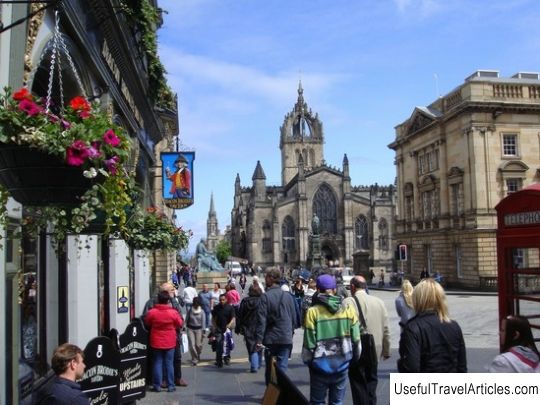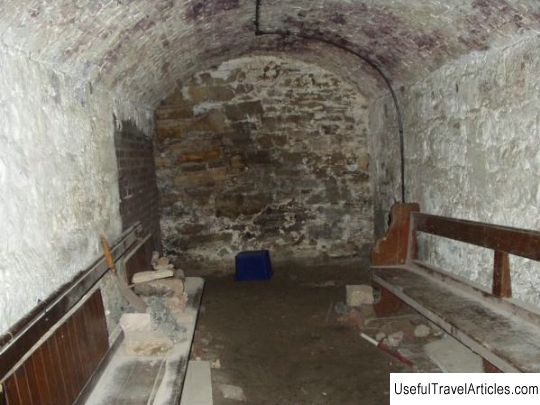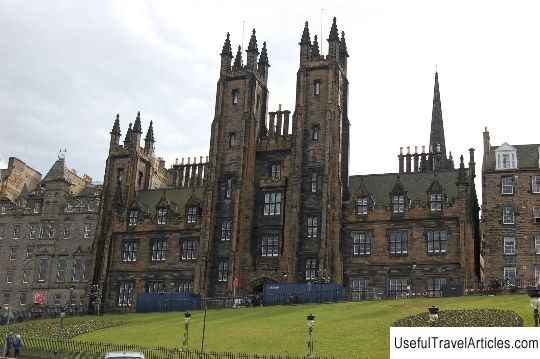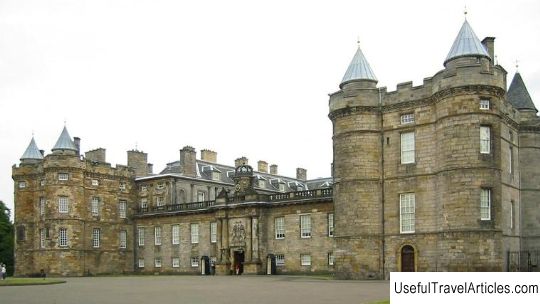Edinburgh Castle description and photos - Great Britain: Edinburgh
Rating: 8,1/10 (780 votes) 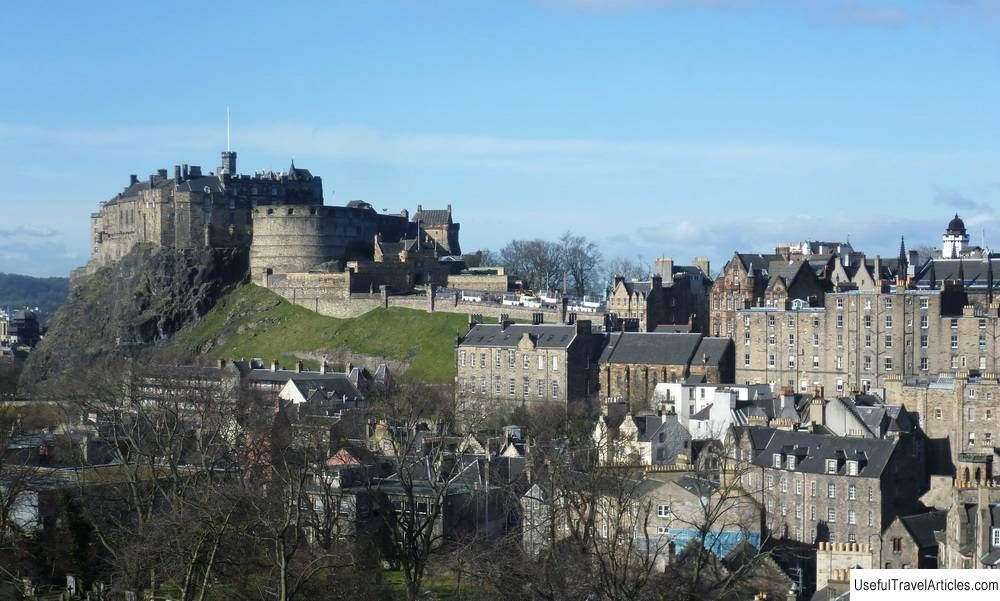
Edinburgh Castle description and photos - Great Britain: Edinburgh. Detailed information about the attraction. Description, photographs and a map showing the nearest significant objects. The name in English is Edinburgh Castle. Photo and descriptionEdinburgh Castle is a fortress located on top of Castle Hill in the center of Edinburgh, the capital of Scotland. It is the main tourist attraction of the city; over a million people visit the castle annually. History of Edinburgh CastleArchaeological finds indicate that people lived on this hill already in the 9th century BC, but it is quite possible that earlier settlements also existed here. In 600 A.D. and later the British epics mention the existence of a fortress in these places - probably, we are talking about a fortress on the Castle Hill. Mention of the castle dates back to the XI-XII centuries; under King Malcolm III, the castle became a royal residence. Here his wife Margaret of Scotland died of grief, who was later declared a saint. In memory of her, her son King David I builds the chapel of St. Margaret. It was David I who transferred the capital of the Kingdom of Scotland from Dunfermline to Edinburgh. In 1139-1150. at Edinburgh Castle, meetings of the Scottish nobility and high clergy are held, which can be called the first meetings of the Scottish Parliament. The buildings of this time were made mainly of wood, and to this day only one building of the 12th century has survived, this is the chapel of St. Margaret. For many centuries, Scotland fought with England, defending its independence. Many times Edinburgh Castle was besieged, taken by storm or with the help of traitors, destroyed and rebuilt and fortified. At the end of the 15th century, Holyrood Palace was built, which became the royal residence, and the castle was assigned the role of a military fortification and a prison. In 1660, Charles II, King of England and Scotland, gave an order to deploy a regular army in the castle, and until 1923 a military garrison was permanently located in the castle. Only in 1905, the castle was removed from the Ministry of Defense, although part of the castle and the chapel of St. Margaret were opened to the public already in the middle of the 19th century. Since then, interest in the castle has only grown, every year more and more tourists come here, and this is not surprising. The castle looks like an illustration for fairy tales and adventure novels. The castle is accessed by Royal Mile, the central street in the Old City, connecting the castle and Holyrood Palace. The main attraction of the Scottish capitalPerched on a high mountain, the castle dominates the city and its surroundings. There are cliffs on three sides, and the only hike to the castle is from the eastern side. The inner space is divided into three "courtyards", which are connected by a gate. In Sredny Dvor, the Kolodeznaya Tower protects the source of drinking water - the most important value for the fortress located on the top of the cliff. The War Museum of Scotland is also located here. In the Upper Courtyard there is the Chapel of Saint Margaret and the famous Mons Meg cannon. The Scottish crown and the Skunk stone are kept in the Edinburgh castle - the legendary stone on which the kings of Scotland were crowned. In 1296, this stone was taken to England and installed in the base of the throne, on which the kings of England and then Great Britain were crowned, up to Elizabeth II. By her order in 1996, the stone was returned to Edinburgh Castle, and thousands of people stood along the Royal Mile, welcoming its return. Notes              We also recommend reading Chapel of Sant Roma de les Bons description and photos - Andorra: Encamp Topic: Edinburgh Castle description and photos - Great Britain: Edinburgh. |
